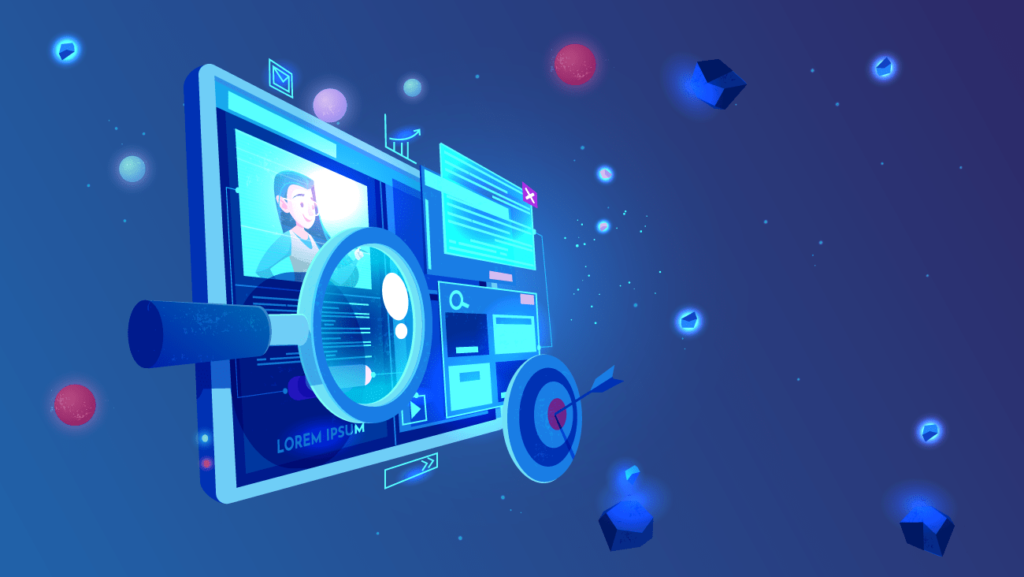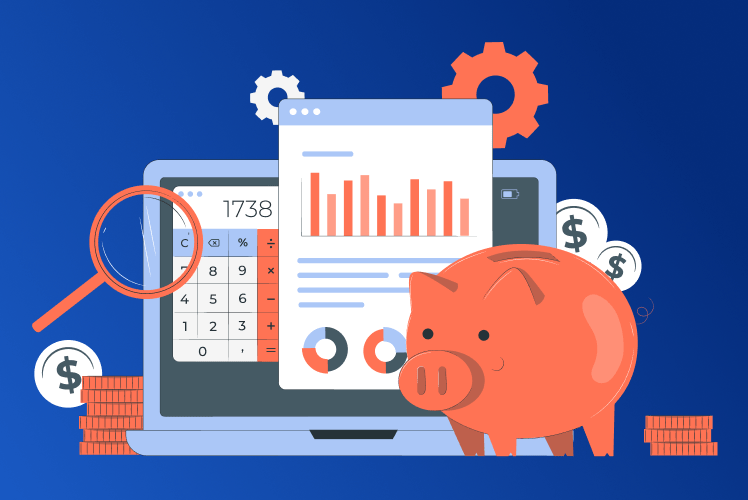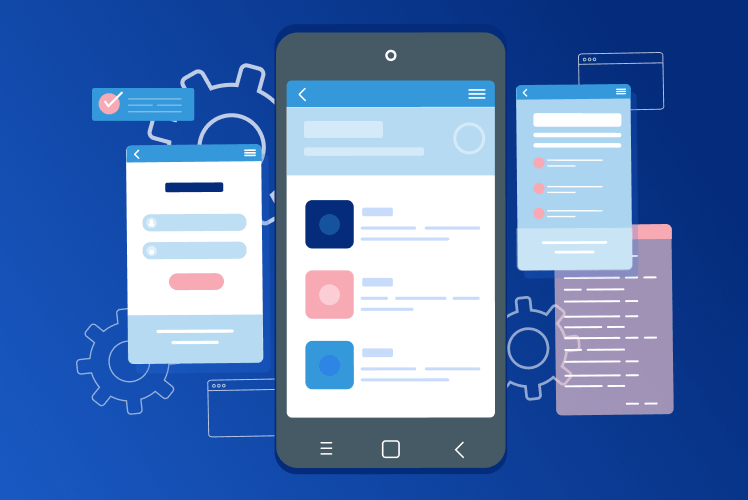Table of Contents
Headless commerce is one of the hottest e-commerce trends these days. More and more entrepreneurs consider adopting it and switching from their legacy platforms to a more flexible and customer-centric approach solution that headless commerce brings.
If you consider transitioning to headless commerce as well, read about its biggest benefits and drawbacks so you can make an accurate decision whether your business really needs such a change.

Headless commerce vs traditional platforms: what is the difference?
A headless commerce approach implies having a separate frontend and a separate backend. That means front-end developers can do whatever they want to the store layout and content – and it will not affect the backend (which stores all the critical data such as pricing, customer database, etc.). The frontend and the backend of a headless commerce store communicate via e-commerce APIs which is a really simple and efficient way to bond the two components.
If we compare a traditional e-commerce platform with a headless commerce system, we will notice the following differences:
- Flexibility and speed of implementing changes offered by headless commerce. A traditional e-commerce platform can be quite bulky and may require too much time to display the applied changes.
- Frontend design: a traditional platform comes with a ready template and often has limitations in terms of customization. Headless commerce offers a carte blanche for front-end developers and allows limitless customization options.
- Omnichannel content distribution allowed by a headless commerce approach due to a lack of linkage to certain platforms or devices. In the case of traditional e-commerce platforms, content distribution is mostly limited by personal computers/laptops and mobile devices only.
While traditional e-commerce platforms are still very popular and power many international brands (i.e. Moschino runs on Magento), entrepreneurs start to recognize the benefits of headless commerce and begin to shift towards it. Here is a more detailed overview of the main advantages of the headless commerce system over traditional platforms.
The ultimate benefits of headless commerce
Below is an overview of the key features of headless commerce. All of them significantly contribute to the personalization of an e-commerce store and make the development process easier and faster.
Almost immediate implementation of changes
Because the frontend does not depend on the backend, that means developers can immediately change any part of the frontend with no need to go to the backend and understand its complex code. A great bonus is that frontend changes do not affect the backend logic of the store. With headless commerce, it’s easy to roll back, fix any issues and immediately adapt to the new requirements without looking back.
As well, headless commerce allows creating as many touchpoints as needed and all of them will be linked to a constant and single backend.
Endless customization options
As already mentioned, the frontend is an independent component of the headless commerce store and thus can be designed with any needed framework and tools, with no restrictions in terms of design and layout. This allows designers to cater to the interests of a specific target group, express creativity, and increase the branding of a store.
Variety of tools and frameworks to use
Another great advantage of the frontend being separated from the backend is the availability of development tools and frameworks to choose from. A developer can design the frontend with any needed tools in accordance with the platforms of choice and he does not need to understand the backend intricacies in order to work with the frontend.
In the case of headless commerce, developers can choose the most suitable tools for different parts of the e-commerce application and easily swap, replace and update them. This, in turn, contributes to the great performance of the store and its rich functionality.
Performance optimization
Performance optimization is the number one issue for any e-commerce entrepreneur. If the site does not load fast enough, customers will most probably leave it and head for the competition instead. Thus, the main goal of any e-commerce store owner is to ensure the store performs as intended, with no delays in response and without any errors.
Because headless commerce decouples the frontend from the backend, the store becomes more responsive and much easier to manage. Again, developers can use familiar and most efficient tools for work on such stores. So when any issue arises, they will be able to fix it in a much quicker and efficient manner.
The drawbacks of headless commerce to keep in mind
Even though headless commerce seems like a perfect solution, there are certain drawbacks to consider. By recognizing them, you will be able to make a more accurate decision and better prepare for the store launch.
Designing the frontend from scratch
It’s true that the headless commerce approach grants developers limitless freedom in terms of frontend development. On the other hand, that also means that you will need to develop the frontend completely from scratch and this may be quite expensive and time-consuming.
Inconvenience for marketers
In a headless commerce system, there is no frontend presentation layer. That means marketers cannot preview the content or applied changes and do not have a WYSIWYG environment.
This brings certain inconveniences as marketers solely rely on the IT department in order to implement even the smallest changes to the content. The process, in turn, may be rather time-consuming.
Do you need to transition to headless commerce?
The headless commerce approach is very customer-centric and is aimed at enabling the businesses to reach customers via multiple platforms and with highly customized messages. If your strategy is built around the content and you need more flexibility, then you should definitely give headless commerce a try.
However, you need to accurately evaluate the resources of your IT department and estimate whether the investment into transition to headless commerce will be compensated. Headless commerce works great for some companies but can be inappropriate for others. Thus, you need to first understand and set the business goals for the future and only then plan the transitioning in case you decide that headless commerce is exactly what your business needs.



Comments